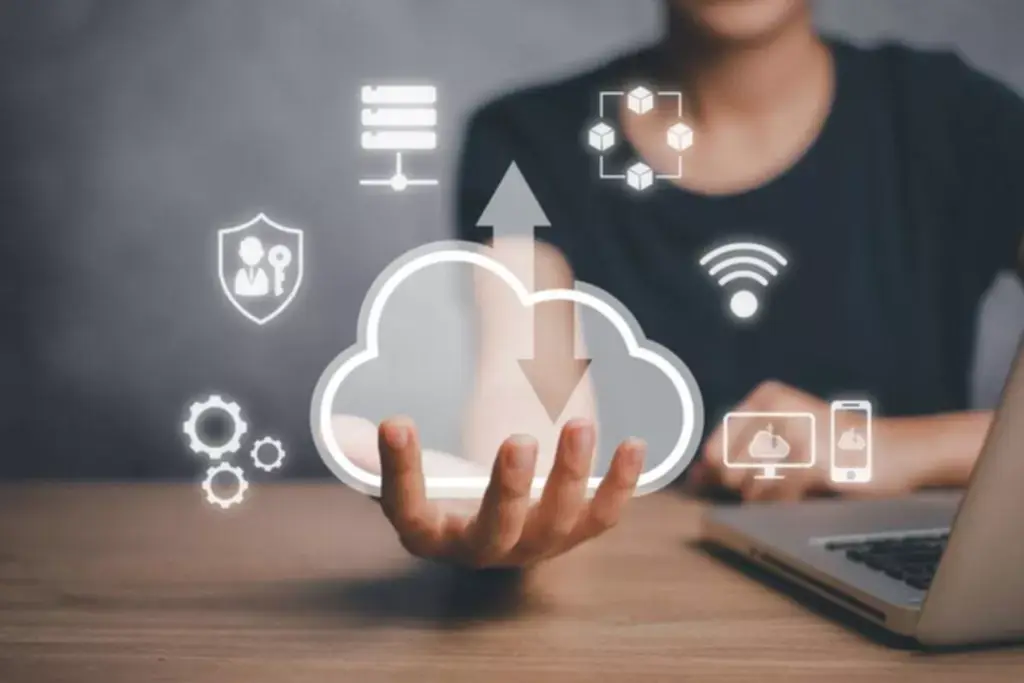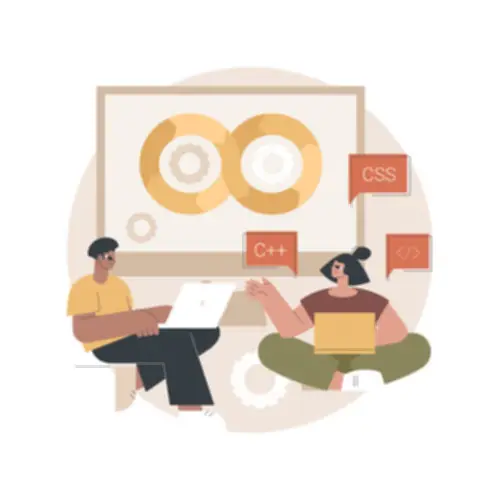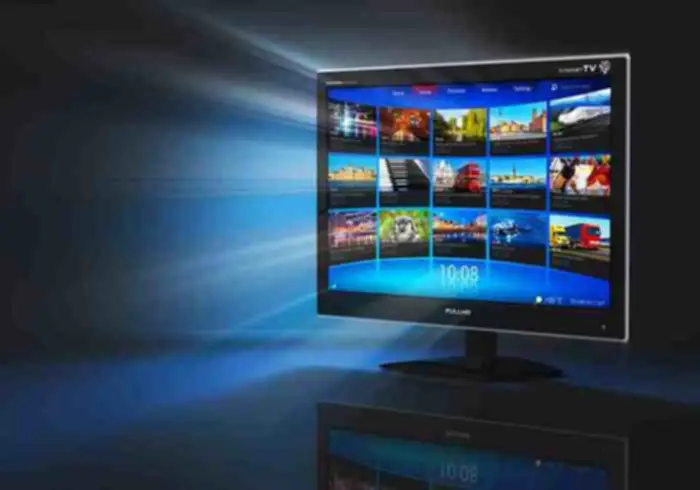Distinction Between Cloud Computing And Fog Computing
Category : Software development
Edge computing and fog computing are two complementary computing fashions fog computing vs cloud computing which might be designed to address the challenges of processing and analyzing knowledge in real time. Edge computing brings computing nearer to the source of information, whereas fog computing extends the capabilities of edge computing by providing further computing assets and services to edge devices. Both models have many practical functions in right now’s digital age and can play an increasingly important function in the future of computing.
Edge Computing Vs Cloud Computing – What’s The Difference?
- As a outcome, the cloud computing paradigm has been quickly adopted worldwide with hovering success.
- That “narrow set of variations” is still sufficient, however, to warrant a distinction.
- By leveraging fog computing, these industries can obtain sooner insights and smoother operations with out overburdening their cloud techniques.
- Both strategies have their professionals and cons, however one key issue that units them aside is responsiveness.
Unfortunately, there’s nothing immaculate, and cloud expertise has some downsides, especially for the Internet of Things providers. Scale Computing and G2 collaborate in this infographic to explain why organizations seek server virtualization alternatives, and compares Scale Computing Platform and VSphere side-by-side. At the forefront of the tech industry since 2017, Natallia is devoted to her motto – to write about sophisticated issues in an simply comprehensible method. With her ardour for writing in addition to wonderful research and interviewing expertise, she shares priceless knowledge on various IT tendencies. From planning to product design to distribution, the best IT platform optimizes processes and will increase productiveness in manufacturing.

Dependence On The Standard Of Core Network

But should you really feel that these advances have left you behind together with your basic knowledge, then you have to Learn Cloud Computing from Scratch and get your experience according to the altering panorama of computing. On the other hand, fog computing extends cloud computing and companies to the edge of an enterprise’s community, enabling real-time knowledge analysis and decision-making. It processes data immediately on gadgets on the source, ensuring high operational pace and efficiency. This examine in contrast the fog computing paradigm with the traditional cloud computing paradigm in the context of the Internet of Things (IoT). To do this, the criteria and traits of fog computing and clustered fog computing are expressed quantitatively. As the variety of linked units grows, cloud-based platforms that supply real-time, low latency providers prove to be an issue.
G2 Customer Insights Infographic: Scale Computing Platform Vs Vmware Vsphere
Since data is processed at a neighborhood stage rather than being routed via a central server, there may be much less distance for data to journey and fewer time wanted for processing. As such, fog computing supplies considerably sooner and more responsive performance than traditional cloud computing methods. Edge computing is a computing architecture that aims to bring computing closer to the source of information.
Edge, Fog, And Cloud Computing: What’s The Difference?
Cloud computing is a centralized model where information is saved, processed, and accessed from a distant data center, while fog computing is a decentralized model the place information is processed closer to edge gadgets. Fog computing is a distributed computing mannequin that brings cloud companies closer to where knowledge is generated and processed. This method addresses latency points and reduces the want to switch huge quantities of information to distant cloud servers for analysis. The time period fog computing was coined to represent the thought of processing occurring in the “fog” of the community, someplace between the cloud and the gadgets generating data, quite than solely on centralized cloud servers.
This permits for the greatest ability to seize big-picture information and make informed choices based mostly on a big variety of inputs and sources. With this resolution, safety is a priority because of hackers, devices collecting knowledge will have to have a robust web connection and it’s typically more expensive compared to edge and fog computing. Regardless, it is a nice answer for big organizations that require complete info and have many techniques interacting with each other. However, Fog computing makes use of a method more distributed setup, with numerous smaller server clusters located at various points across the community.
These services enable customers to upload essential paperwork to the cloud and access them from any system. The service suppliers guarantee information security whereas end users pay for storage space. Cloud computing has evolved from commercializing extra capacity in data centers within the early 2000s. Operators of enormous data centers then realized that their resource utilization was, on common, so low that it turned worthwhile to lease out sources like computation time and storage to paying clients. As a result, the cloud computing paradigm has been quickly adopted worldwide with soaring success. By the end of 2020, about six hundred hyper-scale knowledge facilities providing cloud computing have been in operation.
Cloud computing is frequently used to understand delicate real-time methods, like video-streaming, E-commerce, or office and collaboration functions. However, this chapter is quite thinking about exploring how cloud computing fits in as a design principle for distributed embedded purposes that form onerous real-time systems. In this software, edge knowledge facilities, like their bigger cousins, will present the underlying platform to agnostically help fog community operations be they from Cisco, EMC, VMware or Intel.
Additionally, given its decentralized nature, fog computing is healthier suited to supporting highly dynamic environments or these with low bandwidth connectivity requirements. There is lots of debate in the tech world concerning the relative merits of cloud computing and fog computing. Both strategies have their execs and cons, but one key factor that units them apart is responsiveness. In terms of velocity and effectivity, cloud computing has a transparent edge over Fog computing.
Fog computing is designed to work with a broad range of units, including sensors, cameras, and different IoT gadgets. This makes it an ideal answer for organizations with numerous hardware requirements. When leveraged well, these computing frameworks can empower businesses to boost operational effectivity and foster correct decision-making, finally accelerating income advertising efforts.

Edge, fog, and cloud are crucial computing frameworks that may empower companies to thrive in today’s superior technological ecosystem. We’ve already got used to the technical time period cloud, which is a community of multiple gadgets, computer systems and servers related to every other over the Internet. There are several kinds of fog computing, including client-based, server-based, and hybrid fog computing. If you think that the fog and edge are phrases of distinction and not utilizing a difference, you’d be largely appropriate – which also means you’d be partially mistaken. In advocating one expertise over the opposite, supporters level to a slim set of variations.
In cloud computing techniques, latency is usually excessive because of the centralized nature of the platform. Both fog and edge computing scale to fulfill the wants of huge and complicated systems. They provide further compute assets and providers to edge devices, which allows organizations to process more data in real-time.
While fog computing has some advantages over cloud computing, it isn’t more probably to substitute it totally. Fog computing is more environment friendly because data is processed closer to the source, which reduces latency. It can also be more secure because knowledge does not should travel as far and is, therefore, much less likely to be intercepted. In distinction, whereas fog computing may be distributed geographically, it’s usually extra localized than cloud computing and may solely occupy a single geographic location. This design permits for larger location awareness with fog computing, as the information being processed by each individual node of the system is instantly relevant to its physical setting. As a end result, while we take a comparison of fog computing and cloud computing, we can witness many benefits.
Fog and edge computing can improve safety by offering extra security measures to edge gadgets, corresponding to encryption and authentication. Cloud computing suffers from higher latency than fog computing as a outcome of information has to journey backwards and forwards from the data heart, which may take an extended time. In distinction, fog computing can process data in actual time, making it best for latency-sensitive functions.
But in terms of information integration, fog computing offers a transparent benefit as a result of its improved processing speed and adaptability. When we speak about fog computing vs cloud computing, there are heaps of important factors to assume about. On the one hand, cloud computing provides unparalleled security, with highly effective encryption and data safety mechanisms to keep your data protected from unauthorized entry or manipulation. This means that information has to journey all the way from one consumer’s gadget as much as a centralized server and again down once more in order to be processed by different customers. At the same time, Fog computing methods sometimes have much lower latency due to their decentralized nature. One of the principle advantages is decreased latency by processing data closer to the source.
Transform Your Business With AI Software Development Solutions https://www.globalcloudteam.com/

